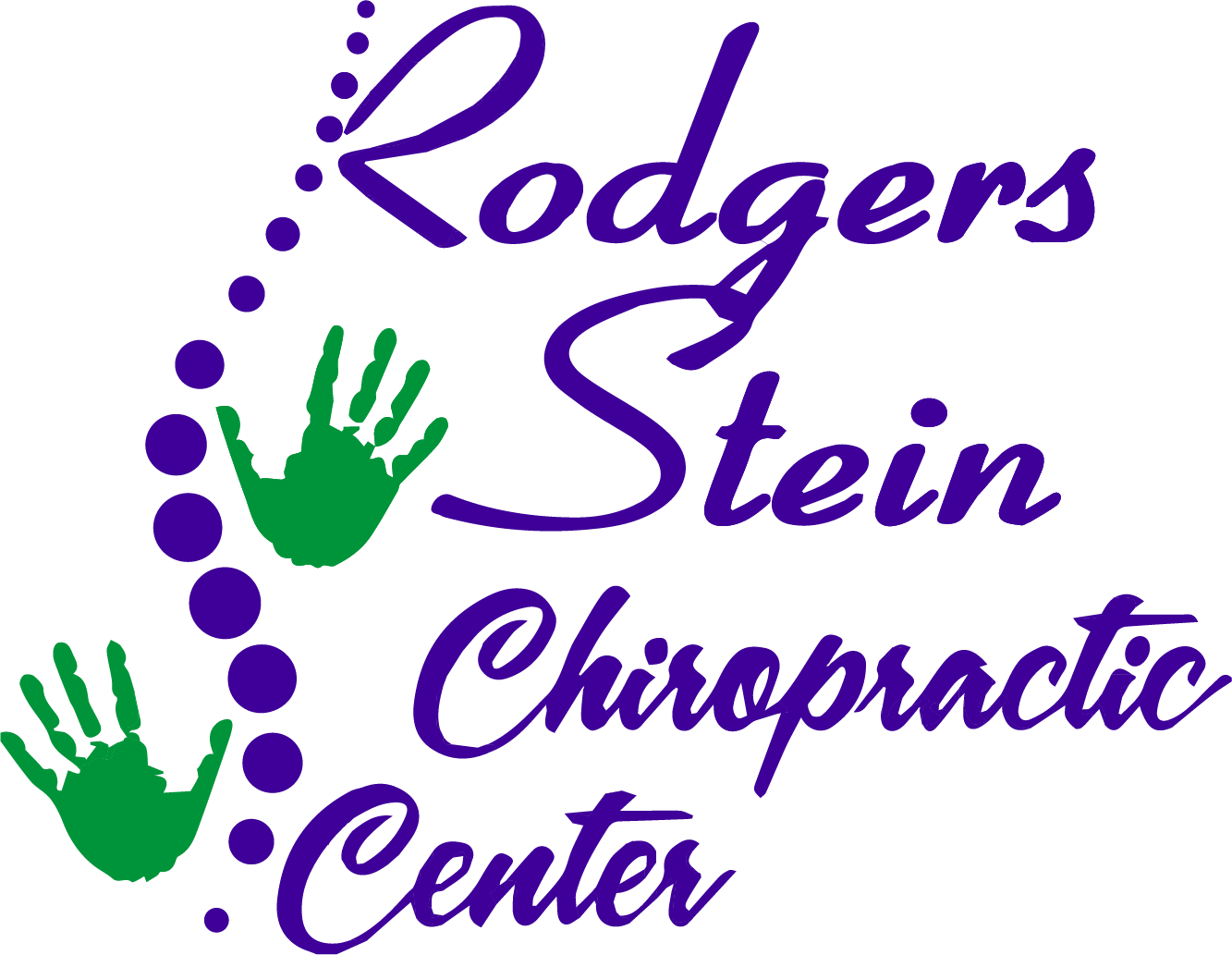You might not realize how much your daily habits affect your spinal alignment. Simple adjustments to your posture, along with core strengthening exercises and mindful stretching, can greatly enhance your spine's health. An ergonomic setup in your workspace can also play an essential role in reducing strain. By incorporating these trusted techniques into your routine, you can pave the way for a healthier back. But what specific strategies can you implement to guarantee lasting improvement?
Understanding Spinal Alignment
Spinal alignment is vital for overall health and well-being. When your spine is properly aligned, it functions effectively, supporting not just your posture but also your nervous system. Understanding spinal alignment means recognizing how your spine's natural curves work together to maintain balance and stability.
It's important to remember that misalignments can lead to discomfort, pain, and a range of health issues. To appreciate spinal alignment, visualize how each vertebra connects. Your spine consists of three main sections: the cervical, thoracic, and lumbar regions. Each area has a specific curvature that helps distribute weight evenly.
If one part is out of alignment, it can affect the entire structure, causing strain on muscles and ligaments. You can assess your spinal alignment by standing in front of a mirror. Check if your head sits directly over your shoulders and if your hips are level.
Simple daily habits, like how you sit, stand, and lift, play a significant role in maintaining proper alignment. For instance, when sitting, make sure your feet are flat on the ground and your back is supported. Incorporating stretches and strengthening exercises can also help improve your spinal alignment.
Focus on your core muscles, as they provide vital support to your spine. By understanding and prioritizing spinal alignment, you set the foundation for a healthier, more active lifestyle.
Importance of Good Posture
Good posture is vital for maintaining not just your spinal health, but your overall well-being. When you sit or stand with proper alignment, you reduce the strain on your muscles and ligaments, allowing your body to function more effectively. This not only helps prevent pain and discomfort but also enhances your ability to perform daily activities.
You mightn't realize it, but good posture can considerably impact your mood and energy levels. When you carry yourself upright, it sends a message to your brain that you're confident and ready to take on the day. This can lead to improved self-esteem and a more positive outlook on life.
On the other hand, slouching or poor posture can make you feel tired and lethargic.
Moreover, maintaining good posture plays an important role in respiratory health. When you sit or stand straight, your lungs have more room to expand, allowing for better oxygen intake. This can improve your focus and concentration, particularly during long hours of work or study.
Good posture also contributes to better digestion. When your spine is aligned, your internal organs have the space they need to function efficiently. This can help prevent issues like bloating or discomfort after meals.
Daily Stretching Exercises
Incorporating daily stretching exercises into your routine is essential for maintaining flexibility and preventing muscle stiffness.
By targeting specific muscle groups, you can enhance your spinal alignment and overall body function.
You'll not only feel better but also improve your posture as you commit to these simple yet effective movements.
Importance of Flexibility
Flexibility plays an essential role in maintaining proper spinal alignment and overall health. When your muscles and joints are flexible, you can move more freely, reducing the risk of injury and discomfort. Incorporating daily stretching exercises can greatly enhance your flexibility.
Here are three key benefits of maintaining flexibility:
- Improved Range of Motion: Greater flexibility allows your spine to move more freely, which can help you perform daily activities with ease and reduce stiffness.
- Injury Prevention: Flexible muscles and joints are less prone to strains and sprains. By stretching regularly, you prepare your body for physical activity, minimizing the risk of injuries.
- Enhanced Posture: When your muscles are flexible, they can better support your spine's natural curvature. This support helps promote better posture, which is vital for spinal alignment.
Incorporating flexibility exercises into your daily routine can make a noticeable difference in how your body feels and functions.
Targeted Muscle Groups
Maintaining flexibility isn't just about stretching; it also involves targeting specific muscle groups that support your spine and overall body alignment. To achieve ideal spinal health, focus on key muscle groups: the hip flexors, hamstrings, and core muscles.
Start with hip flexor stretches. Tight hip flexors can pull your pelvis forward, disrupting your spinal alignment. Kneel on one knee, push your hips forward, and feel the stretch in the front of your hip. Hold for 20-30 seconds on each side.
Next, incorporate hamstring stretches. Tight hamstrings can lead to a rounded lower back, affecting your posture. Sit on the floor, extend one leg, and reach toward your toes. Hold for 20-30 seconds, then switch legs.
Finally, strengthen your core muscles. A strong core stabilizes your spine and prevents misalignment. Try planks or bridges to engage those muscles effectively.
Ergonomic Workplace Setup
To maintain good spinal alignment while working, you need to set up your workspace ergonomically.
Start by adjusting your chair height so your feet rest flat on the ground, and position your monitor at eye level to prevent neck strain.
Finally, make sure your keyboard and mouse are close enough to keep your arms relaxed and your wrists straight.
Chair Height Adjustment
Proper chair height adjustment plays an essential role in creating an ergonomic workplace setup. When your chair is at the right height, it helps maintain proper spinal alignment and reduces the risk of discomfort or injury.
Here are three key steps to guarantee your chair is adjusted correctly:
- Feet Flat on the Floor: Your feet should rest flat on the floor or on a footrest. This position helps distribute your body weight evenly and supports your lower back.
- Knees at a Right Angle: Adjust your chair so that your knees are at a 90-degree angle or slightly lower than your hips. This alignment promotes good circulation and reduces strain on your legs.
- Armrests at Elbow Height: If your chair has armrests, guarantee they're at the same level as your elbows when your arms are relaxed at your sides. This positioning helps reduce shoulder tension and encourages a relaxed posture.
Monitor Positioning Guidelines
When you position your monitor correctly, it greatly enhances your comfort and productivity throughout the day.
To start, make certain the top of your monitor screen is at or just below eye level. This way, you won't have to tilt your head up or down, which can strain your neck. Your eyes should naturally gaze slightly downward when looking at the center of the screen.
Next, keep your monitor about an arm's length away. This distance helps reduce eye strain and allows you to maintain a comfortable posture. If you wear glasses, make sure your screen is positioned so you can see it clearly without leaning forward or squinting.
Also, tilt the screen slightly backward, around 10 to 20 degrees. This angle helps reduce glare from overhead lights and windows, making it easier to see your work.
Lastly, if you use multiple monitors, position them at the same height and angle to avoid straining your neck as you switch between screens.
Keyboard and Mouse Placement
Positioning your keyboard and mouse correctly is just as important as adjusting your monitor for ideal spinal alignment. When your input devices are set up properly, you'll reduce strain on your back, neck, and wrists.
Here are three essential tips to guarantee proper placement:
- Height: Your keyboard should be at elbow height. When you sit, your elbows should form a 90-degree angle, allowing your wrists to remain straight.
- Distance: Keep your keyboard close enough so you don't have to stretch your arms. Ideally, it should be about 1-2 inches from the edge of your desk, enabling your forearms to rest comfortably.
- Mouse Position: Place your mouse next to your keyboard, at the same height and distance. This keeps your hand and wrist in a neutral position, reducing the risk of strain.
Strengthening Core Muscles
Strengthening core muscles is essential for maintaining proper spinal alignment and overall body stability. Your core, which includes muscles in your abdomen, back, and pelvis, acts as a support system for your spine. When these muscles are strong, they help distribute weight evenly, reducing strain on your spine.
To effectively strengthen your core, incorporate exercises that target all areas of the core. Planks are a fantastic way to engage multiple muscle groups simultaneously. Start in a push-up position, keeping your body straight from head to heels, and hold for 20-30 seconds. Gradually increase your duration as you build strength.
Another effective exercise is the dead bug. Lie on your back with your arms extended towards the ceiling and your knees bent at a 90-degree angle. Slowly lower one arm and the opposite leg towards the floor while keeping your lower back pressed into the ground. Return to the starting position and switch sides. This exercise enhances stability and coordination.
Don't forget about pelvic tilts, too. Stand or lie on your back with your knees bent and feet flat on the floor. Gently tilt your pelvis upwards, engaging your abdominal muscles, and hold for a few seconds before releasing. This movement helps strengthen the lower back and pelvic area.
Incorporating these exercises into your routine a few times a week can greatly improve your core strength, leading to better spinal alignment and reduced discomfort.
Lifestyle Changes for Alignment
Making simple lifestyle changes can greatly enhance your spinal alignment and overall well-being. By incorporating a few key habits into your daily routine, you can support your spine and improve your posture.
Here are three effective changes you can make:
1. Adjust Your Workspace: Verify your desk, chair, and computer are ergonomically set up. Your monitor should be at eye level, and your feet should rest flat on the ground. This reduces strain on your back and neck while working.
2. Stay Active: Incorporate regular physical activity into your life. Aim for at least 30 minutes of exercise most days, focusing on activities that promote flexibility and strength, like yoga or Pilates.
These practices can improve your posture and help align your spine.
3. Mind Your Posture: Be mindful of your posture throughout the day. Whether you're standing, sitting, or walking, keep your shoulders back and down, and engage your core.
This awareness will help you maintain proper alignment and reduce discomfort.
Conclusion
Incorporating these trusted techniques into your daily routine can greatly improve your spinal alignment. By focusing on good posture, engaging your core, and setting up an ergonomic workspace, you'll reduce strain and discomfort. Don't forget to stretch regularly and be mindful of your posture in everyday activities. These small changes can lead to lasting benefits for your spinal health and overall well-being. Start today, and you'll feel the difference in no time!



